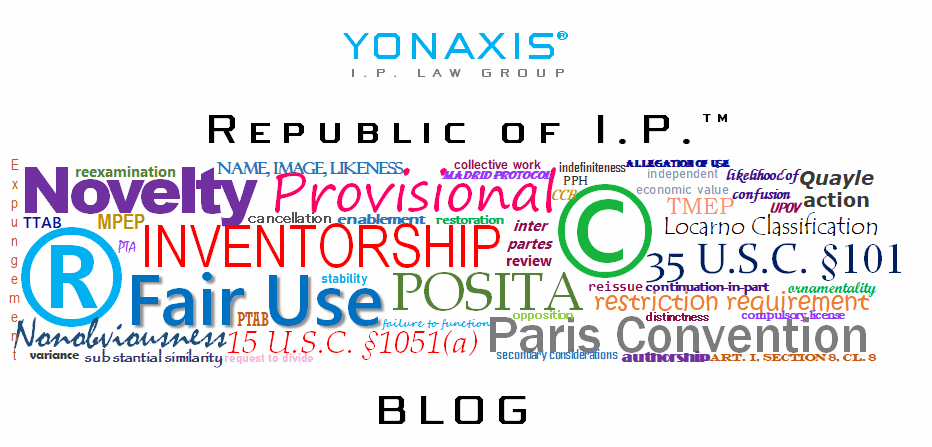Patent law can be complex and overwhelming, even for experienced practitioners. In re Donald K. Forest1 issued by the Court of Appeals for the Federal Circuit highlights one of these challenging areas: the interplay between patent priority and patent term.
What Is Priority?
Think of patent priority as your place in line at the USPTO. It determines:
- Who gets the patent when multiple inventors claim the same invention
- What counts as “prior art” that could invalidate your patent
- When your patent protection begins and ends
The filing date of your patent application establishes this priority date. It’s like planting your flag and saying, “I was here first!”
The Basic Patent Term Rule
A patent’s term (how long it lasts) is generally 20 years from the filing date of the earliest U.S. application to which the patent claims priority.2 This is the “first-in-time, first-in-right” principle that forms the foundation of our patent system.
What Happened in In re Forest?
In the In re Forest case, Donald Forest tried to have it both ways:
- He wanted to claim an earlier priority date to overcome prior art that was the cause of the rejection of the claims in his present patent application3;
- But he also wanted his patent term to start from a later application date to extend how long his patent would last.
This created a fundamental conflict with established patent law principles – namely, the constitutional requirement that patents are issued to inventors for only “limited times.” The Patent Act specifies a patent term of 20 years, and only a congressional act can extend the term.
Why Forest’s Position Violated Patent Priority Rules
The problem with Forest’s position boils down to a basic principle: you can’t selectively choose which benefits you want from priority claims. Here’s why:
The Patent Bargain
Patents represent a bargain between inventors and society:
- Inventors get exclusive rights for a limited time
- Society gets the benefit of the invention and disclosure of how it works
If Forest’s view prevailed, inventors could game the system by extending their patent term beyond what the law intends, essentially getting more than their fair share of the bargain.
The “You Can’t Have Your Cake and Eat It Too” Rule
Patent law doesn’t allow you to claim an early priority date to overcome prior art while simultaneously using a later filing date to calculate your patent term. It’s an all-or-nothing deal.
Allowing this would create:
- Uncertainty in the patent system
- Potentially unlimited patent term extensions
- Unfair competitive advantages
The Domino Effect
If the court had ruled in Forest’s favor, it would have:
- Encouraged strategic filing of applications to manipulate patent terms
- Created inconsistency in how patent terms are calculated
- Undermined the predictability that businesses need when navigating the patent landscape
Why This Matters
The consistency and predictability of patent terms directly affect:
- Capital investment decisions in research and development;
- For pharmaceutical patents, when generic medications can enter the market;
- How businesses plan product development cycles.
The Takeaway
Forest reminds us that patent law aims to strike a careful balance between rewarding inventors and limiting monopolies. The court’s decision reinforces the principle that you can’t cherry-pick the benefits of different filing dates to maximize both your patent’s validity and its lifespan.
Understanding these patent priority rules is crucial for inventors, businesses, and anyone involved in innovation. While complex, these rules ensure, as intended, our patent system remains fair and promotes the “progress of science and useful arts.” For more information on priority and patent term law, or patent law in general, please contact Yonaxis I.P. Law Group.
- ___F.4th___ (Fed. Cir. 2025), dismissing Ex parte Forest, Case No. 2021-003780, 2022 WL 4234201 (PTAB Sept. 12, 2022). ↩︎
- 35 U.S.C. §154(a)(2); see also, MPEP 2701. ↩︎
- See 35 U.S.C. §103. ↩︎
